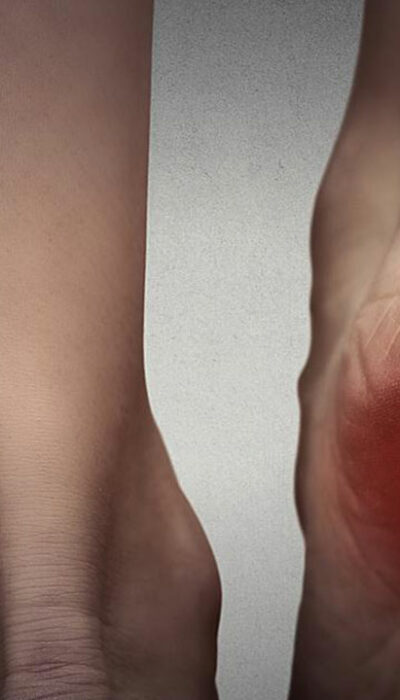
A Brief Overview of the Bone Density Test
A bone density test is done to check whether you have osteoporosis or not. Osteoporosis is a disease of the bone which causes them to become fragile and susceptible to damage easily. Previously, osteoporosis could only be detected after the patient has broken a bone. However, by the time it was found out, it was already very late as the bones become quite weak. A bone density test accurately determines how susceptible you are to breaking bones. The bone density test uses X-rays to determine the amount of calcium and other bone minerals in grams present into a particular area of the bone. The bones in the hip, spine, and forearm are mainly checked in this test. Why is the bone density test conducted? Doctors conduct bone density test to: – Monitor the treatment of osteoporosis. – Identify any decrease in bone density and prevent the advancement before one has a broken bone. Your bones are believed to be denser and less likely to break when you have high mineral content in your bones. It must be noted that bone scans and bone density tests are completely different things. Bone scans are characterized by injections being administered to patients before the procedure, and it is done to detect cancer, fractures, infections and other bone abnormalities. Osteoporosis is more common to women especially elderly people. However, osteoporosis in men is not uncommon at all. Regardless of your age and gender, your physician may suggest you a bone density test if you have: Lost height: People with underlying osteoporosis have experienced a loss of height. Osteoporosis causes compression fractures in the spines causing people to lose 4 cms in height generally. Fractured a bone: Fragility fracture is a term used to describe the situation when the bones become so weak that they break very easily.










